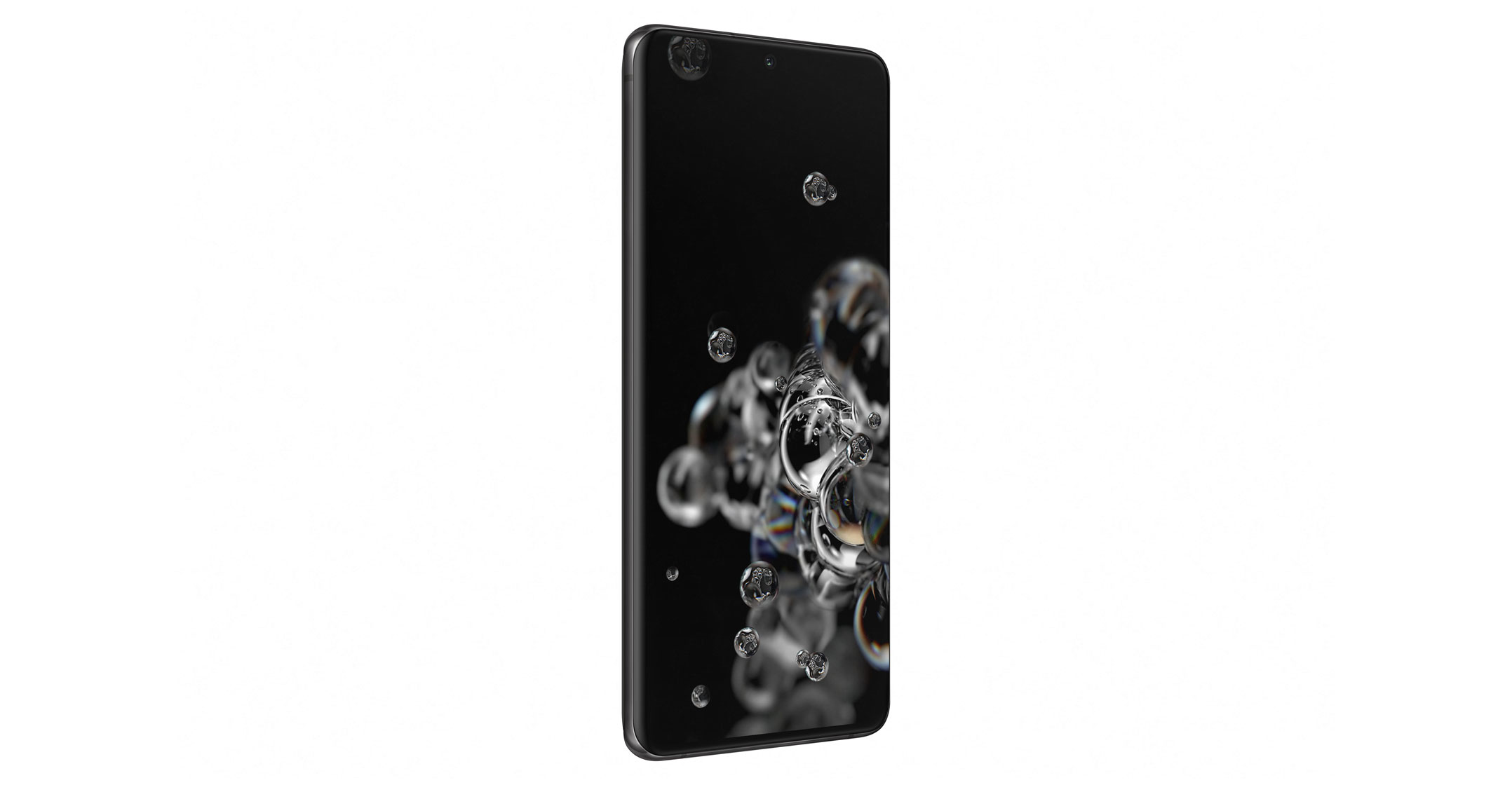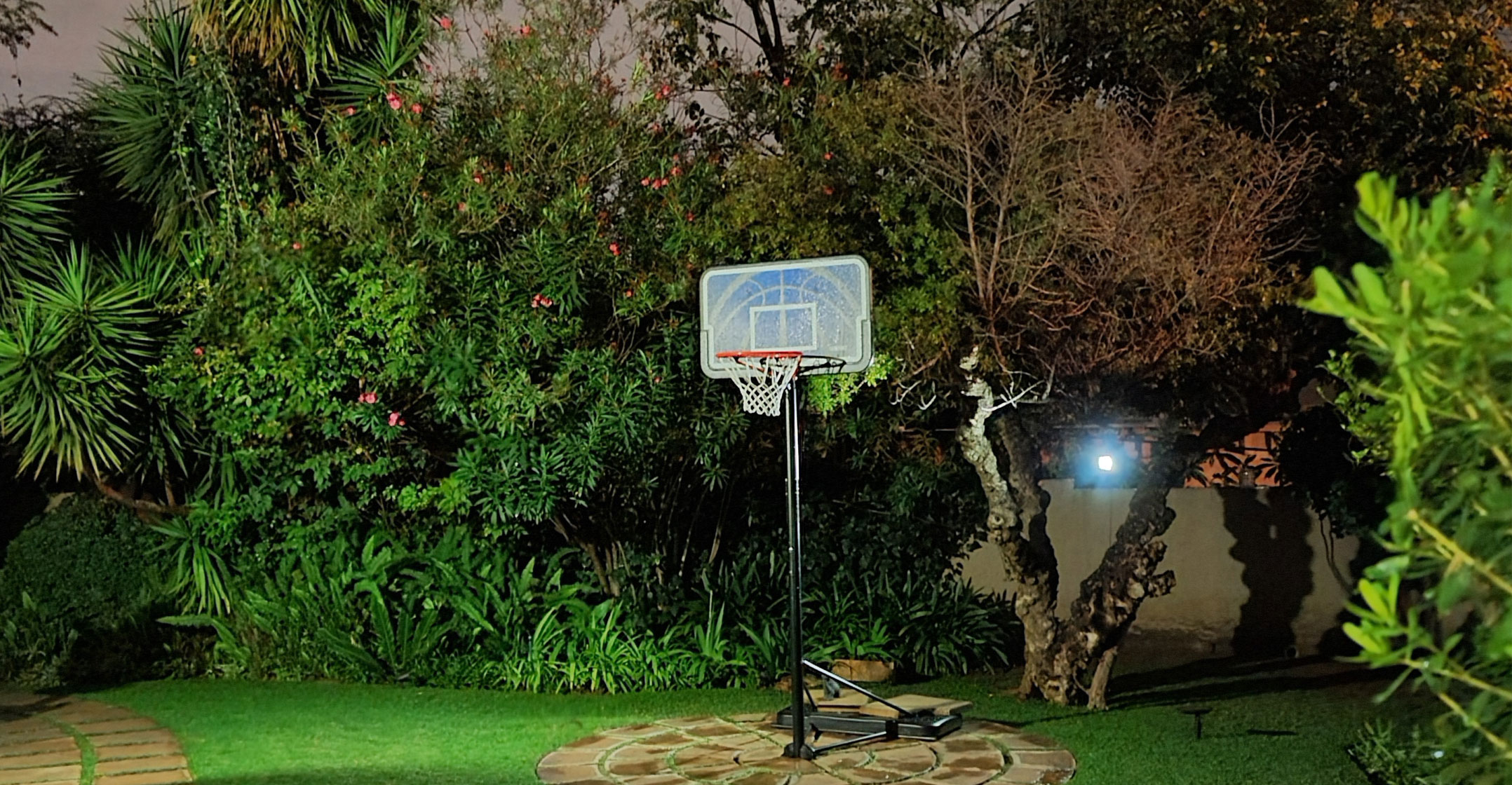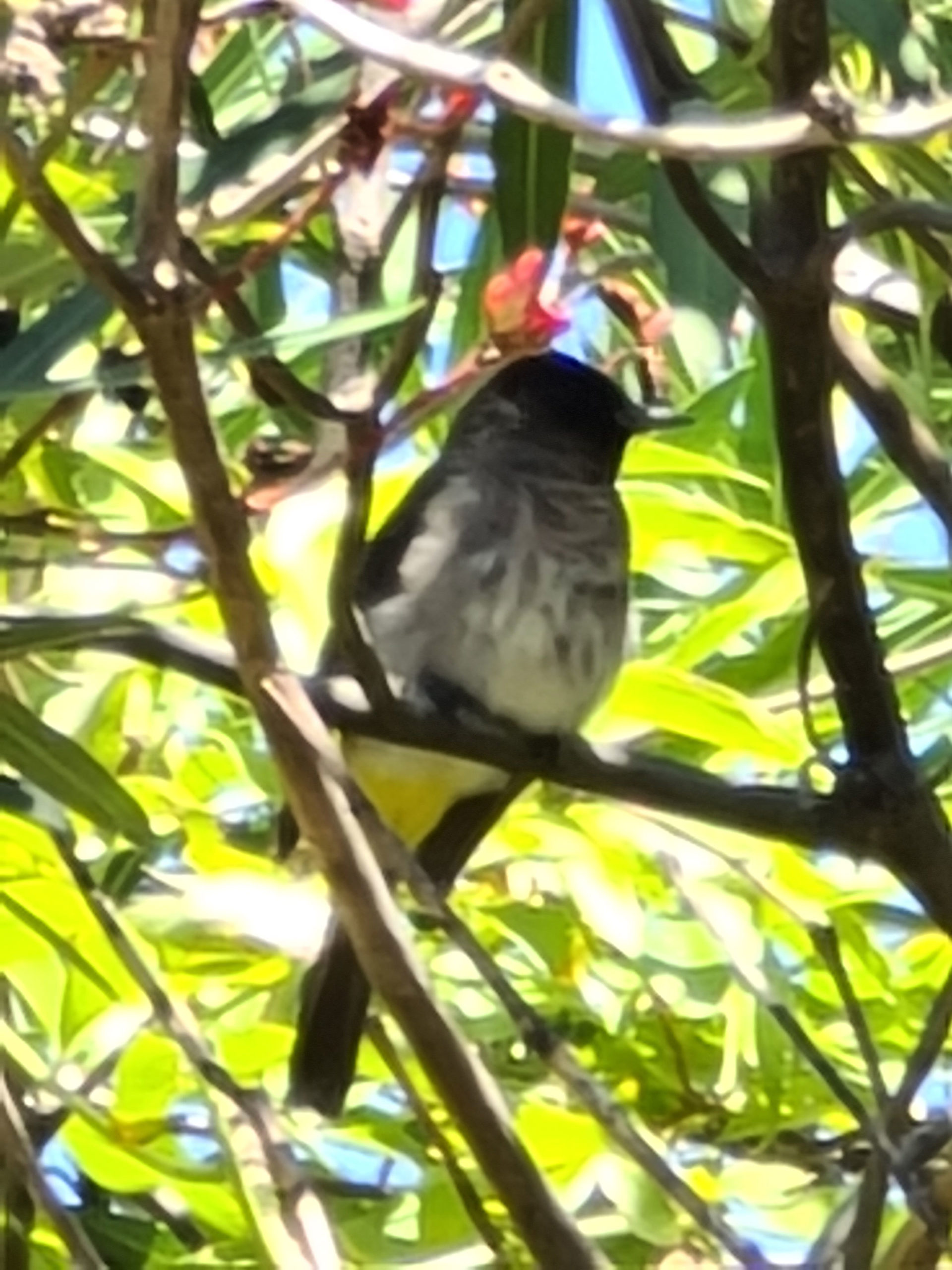 There’s something to be said about Samsung’s marketing for the S20 Ultra. The hype around this mammoth handset is about having the best technical specifications — on paper.
There’s something to be said about Samsung’s marketing for the S20 Ultra. The hype around this mammoth handset is about having the best technical specifications — on paper.
The S20 Ultra can shoot 8K video; has a 108-megapixel camera; features 100x Space Zoom; offers a 6.9-inch, 120Hz display; and takes 40MP selfies. The smartphone claims a world-first for its 8K video recording and a 120Hz screen refresh rate.
But the first thing you notice about the S20 Ultra is, of course, the size. You can grip it with one hand because it’s not very wide, but you need two hands for everything else.
At 6.9 inches, it’s more tablet than smartphone and has a 3 200×1 440-pixel screen resolution.
However, the 120Hz refresh rate cannot be at anything other than 1080p. The faster refresh rate is immediately noticeable when compared side by side with 60Hz, so much so that you’ll want to forgo the highest resolution screen resolution available.
Moving on to the quad-camera setup, it includes a 108MP wide-angle (picture sample here); 48MP telephoto; 12MP ultra-wide; and a depth vision camera — with a combination of varying field of views between 24 and 120 degrees. Also, that camera bump is huge.
Software update
Real-world testing yielded some inconsistency with out-of-focus photos and overexposure, which is an issue Samsung has acknowledged. An update has rolled out in South Korea, but it’s yet to reach markets around the world, including South Africa. That said, the night photos are overall very good. But with an added layer of HDR, they can look a bit oversaturated. I would adjust it to tone it down because, for example, I know the trees in my garden are not that green at night.
The 108MP camera sounds good on paper, but, honestly, there’s not a huge difference over the standard settings. While the regular 10x lossless zoom is perfect, I tested the 100x Space Zoom feature and all I got were blurry trees and birds. You need a very steady hand or, better, a tripod, to get the most out of this feature. I’m not a fan of digitally zoomed-in photos because of the loss of quality; I prefer cropping after the fact.
As for 8K video, the average consumer isn’t going to shoot in this mode. You’re going to end up with large files eating up at your storage. For the content I create online, I’m happy with shooting 1080p videos at 60 frames per second (8K only does 24fps). The phone is also highly competent at 4K video, too.

It may not be fair to bring this up because of the pending software update, but I found the super slow-mo videos struggled more with overexposure than the regular slow-mo videos. I tested it during a thunderstorm from the same viewpoint and the former didn’t look as good.
The 40MP selfie camera, on the other hand, is excellent. I turned down the beauty settings and kept it standard. The result is the best I’ve used on a smartphone.
The unit we have on review is the base model in grey with an Exynos 990 processor, 12GB of RAM, 128GB of storage and fast-charging. Disappointingly, it comes with only 128GB for what is essentially a superphone.


Samsung should have offered 256GB as the base size. The phone does, however, support SD cards up to 1TB.
The S20 Ultra delivers an ultra experience. It’s super-fast — it didn’t lag or crash once on me, no matter how many apps I had open, and the massive 5 000mAh battery is more than ideal. You can do everything on it in a workday without carrying a power bank. Just be aware that the 120Hz refresh does cut into battery life somewhat.
The S20 Ultra has the best specifications on paper, but it doesn’t necessarily mean it’s the most practical for the average consumer. It is one of the most expensive smartphones in South Africa, and, by definition, has niche appeal. It’s a lot to pay for what you get, and for the majority who are looking to upgrade, the smaller and cheaper S20 and S20+ offer better value.
The Samsung Galaxy S20 Ultra is priced at R26 999. — (c) 2020 NewsCentral Media
- Now watch the podcast: Cars & Gadgets | Samsung Galaxy S20 Ultra – bigger and bolder




